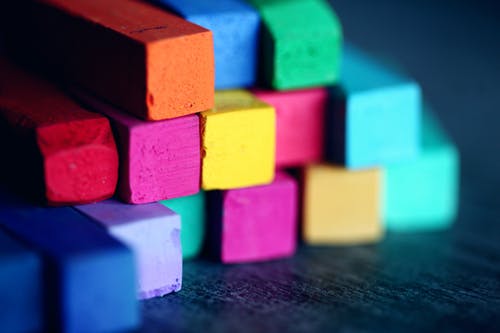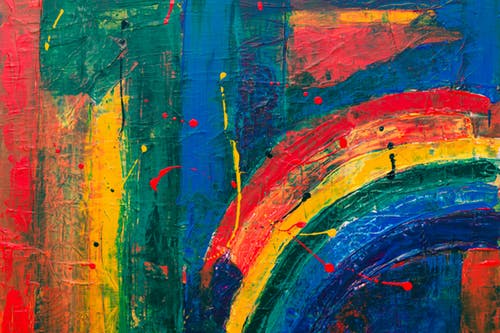Do you know that colors are effective in the treatment of mental health? This piece reveals this aspect of colors that people are not aware of. In rehab treatment, colors are used to take care of mental health problems like depression, anxiety and a host of others.
Color psychology is an aspect of psychology that is currently emerging, and the reason for this is, we have not been mindful to the profound effect that colors have on us.
We are oblivious of the fact that colors have an effect on our mentalities and mood, and this is probably why we do not know the reason for some of our strange behaviors.
For treatment of anger issues, the colors that are effective for this are yellow, green and lavender. Yellow color enhances positivity which brings the individual into a cool state of mind. Green color restores the mood of an individual while Lavender gives off calming and soothing effects to the mind.
The most effective color combinations for anxiety is lavender, yellow and green. Just like anger, anxiety is experienced when much adrenaline is pumped in an individual.

So, Lavender is used to calm the mind of an individual, reducing any fear they might have. Then, Yellow helps to switch the course of their thoughts from negative to positive. Green color aids the individual to center themselves and display logic.
The most effective color combinations for depression is blue, yellow and green. It is surprising to note that Blue color is associated with depression and productivity, it is like two sides of a coin.
So, the color blue is super important to someone who is depressed. Yellow enhances positivity and energy and this is what a depressed person does not have. While green ensures balance to the individual.
For ADHD, the most proficient color combinations are Lavender, blue and green. Lavender gives off the calming effect, blue helps the individual to organize and plan while green helps with meditation.
